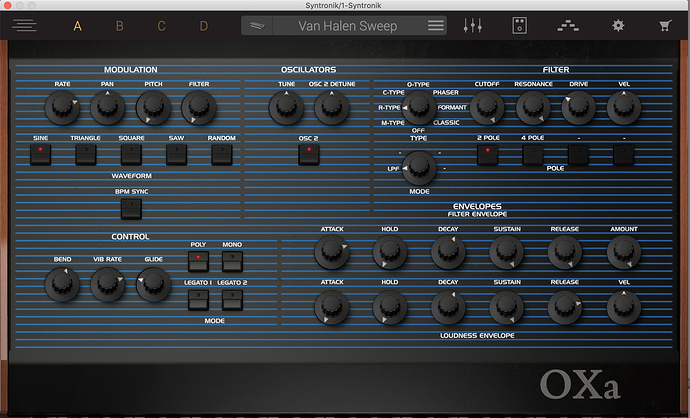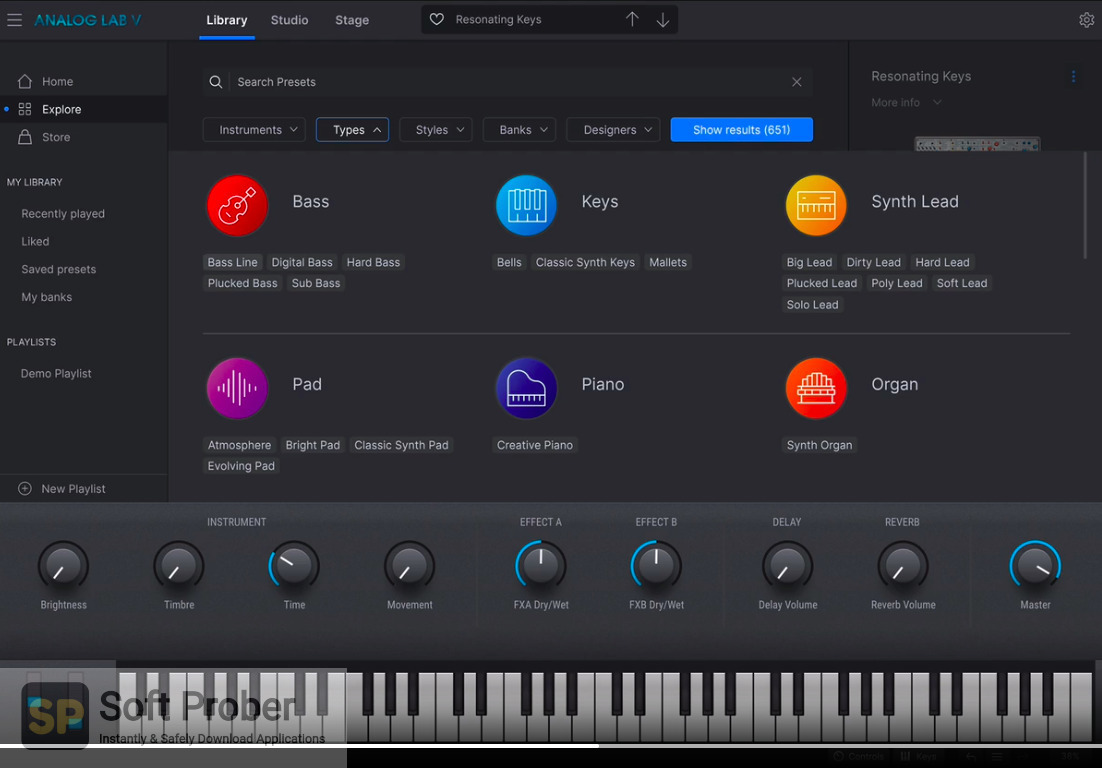

- ARTURIA ANALOG LAB 3 VS IK MULTIMEDIA SYNTRONIK SOFTWARE
- ARTURIA ANALOG LAB 3 VS IK MULTIMEDIA SYNTRONIK SERIES
Overall, both plugins are outstanding emulations of these beloved hardware processors. The VLA-3A’s snappy attack also makes it very usable on drums, guitars, bass, and any sound source in need of some transparent control.

ARTURIA ANALOG LAB 3 VS IK MULTIMEDIA SYNTRONIK SERIES
Black Rooster has absolutely nailed much of what makes the 3A my favorite compressor (in series with a UREI 1176) for vocals - there’s simply no other processor that does such an incredible job of smoothing and controlling vocals in a natural sounding way.

While both units can be used on just about anything, the 3A in general is a more aggressive compressor/limiter which can be pushed a bit harder to produce stronger, more limiter-like compression tones. The LA-3A is traditionally used less often than the 2A in most studios, but I personally prefer the sound of a real 3A unit on most sources, as it has a slightly more aggressive attack phase due to its solid state signal path (as opposed to the tube path of the 2A). Just as with a real 2A compressor, the VLA-2A is an excellent choice for smoothing out and gluing busses, making everything sound like a more organic and cohesive whole. Rather than sounding overtly ‘compressed’, the signal simply sounds smoother and more even in tone and dynamics. Unless you’re driving a 2A to produce heaps of gain reduction, the compression is so smooth and seamless it can almost feel invisible, something the VLA-2A manages to accomplish extremely well. The compression behavior of the VLA-2A is also very similar to what I’d expect from a analog 2A unit - smooth attack, almost invisible leveling, and a program-dependent release that is especially well suited to vocals, guitars, and other traditionally hard to tame sound sources.

Just as with a real analog device, driving a hotter signal into the VLA plugins produces increasing levels of saturation, which remains very pleasing to the ear even as you really hit the plugins hard - there’s a surprising amount of headroom available here, allowing you to dial in a wide range of saturation flavors just by adjusting input gain. To my surprise, the VLA-2A does a stellar job of emulating the tone of the 2A unit simply passing audio through the plugin adds a warm, smooth tone to the signal, which can be really handy for smoothing out digital harshness. The 2A has become the go to leveler and smooth compressor in almost every studio worldwide, and can add pleasing analog tone to any signal due to its internal tube circuitry. Although I haven’t had the privilege of using an original Teletronix unit, I have used hardware clones, and the VLA-2A plugin captures a surprising amount of what makes these units so loved by engineers.
ARTURIA ANALOG LAB 3 VS IK MULTIMEDIA SYNTRONIK SOFTWARE
The VLA-2A is among the very best emulations of a real LA-2A that I’ve heard in the software realm, and it shines on almost any type of source material. FeaturesĪlthough the 2A and 3A units are similar in many aspects, each has a different sound so we’ll cover each separately before moving on to our general opinion of both. Setup is simple - just grab the Black Rooster Audio plugin installer, choose the plugins you’d like to install, and authorize them with a simple online (or offline) activation system the next time you fire up your DAW.


 0 kommentar(er)
0 kommentar(er)
